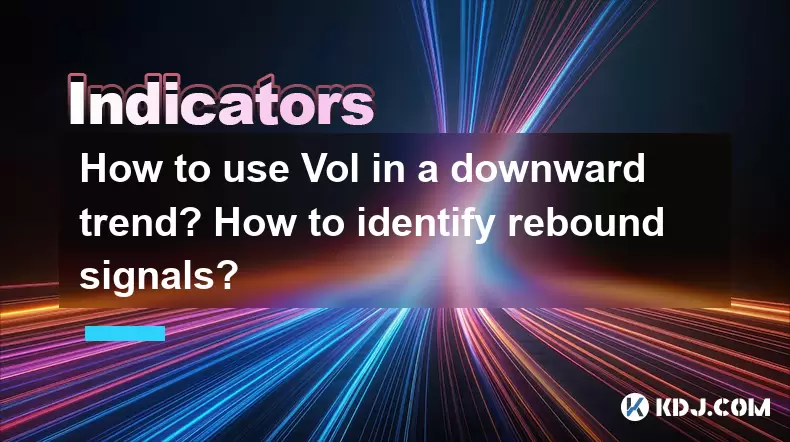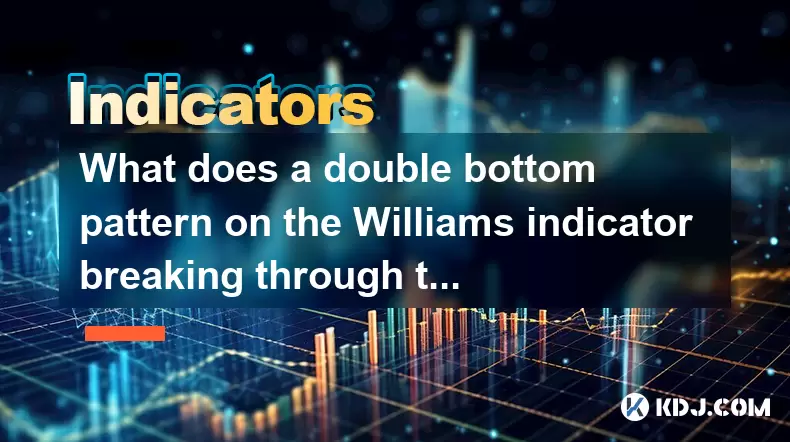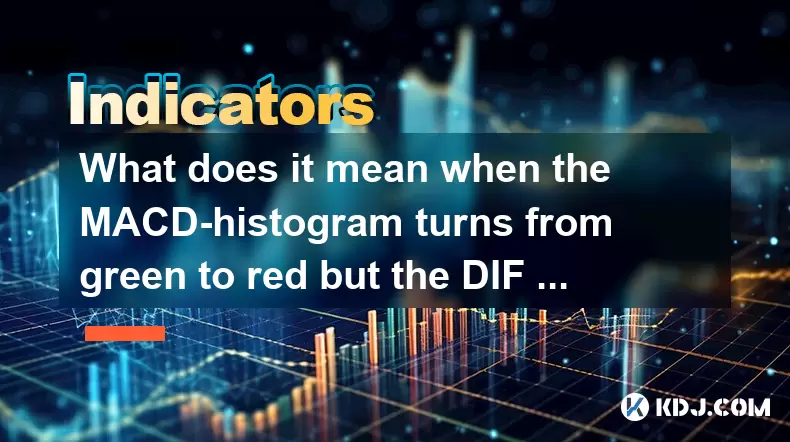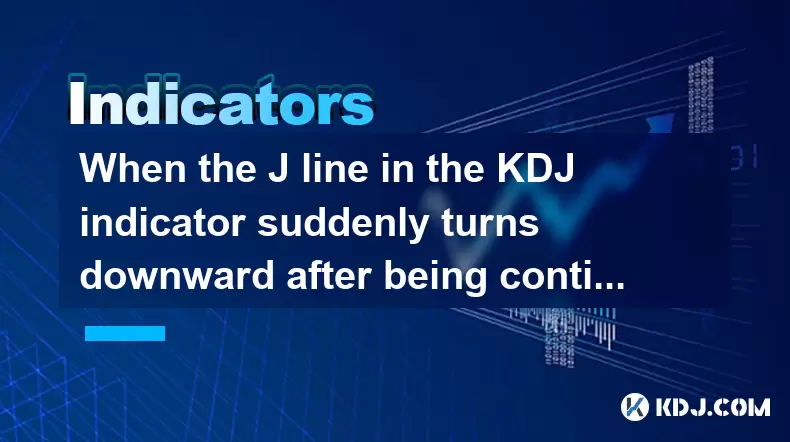-
 Bitcoin
Bitcoin $116400
-0.36% -
 Ethereum
Ethereum $4033
3.40% -
 XRP
XRP $3.302
-1.26% -
 Tether USDt
Tether USDt $1.000
-0.02% -
 BNB
BNB $796.1
1.67% -
 Solana
Solana $177.8
1.89% -
 USDC
USDC $0.9999
0.00% -
 Dogecoin
Dogecoin $0.2314
4.09% -
 TRON
TRON $0.3381
0.14% -
 Cardano
Cardano $0.7989
1.22% -
 Stellar
Stellar $0.4496
-1.84% -
 Chainlink
Chainlink $20.42
9.42% -
 Hyperliquid
Hyperliquid $41.17
0.88% -
 Sui
Sui $3.914
3.77% -
 Bitcoin Cash
Bitcoin Cash $584.7
1.52% -
 Hedera
Hedera $0.2632
-0.54% -
 Avalanche
Avalanche $24.09
3.40% -
 Ethena USDe
Ethena USDe $1.001
-0.02% -
 Litecoin
Litecoin $123.2
1.33% -
 Toncoin
Toncoin $3.318
-0.04% -
 UNUS SED LEO
UNUS SED LEO $8.984
-0.05% -
 Shiba Inu
Shiba Inu $0.00001323
2.85% -
 Uniswap
Uniswap $10.90
4.41% -
 Polkadot
Polkadot $3.999
3.34% -
 Dai
Dai $1.000
0.01% -
 Cronos
Cronos $0.1630
9.64% -
 Bitget Token
Bitget Token $4.484
0.82% -
 Monero
Monero $272.4
2.44% -
 Pepe
Pepe $0.00001173
6.03% -
 Aave
Aave $290.8
2.88%
How to use Vol in a downward trend? How to identify rebound signals?
In a bearish crypto market, high volume signals strong selling, but decreasing volume with falling prices may indicate a rebound; use candlestick patterns and RSI for entry points.
Jun 02, 2025 at 03:43 pm

In the cryptocurrency market, understanding how to utilize volume (Vol) during a downward trend and identifying rebound signals can significantly enhance your trading strategies. This article will delve into the specifics of these topics, providing you with detailed insights and actionable steps.
Understanding Volume in a Downward Trend
Volume is a critical indicator in any market, including cryptocurrencies. During a downward trend, volume can offer insights into the strength of the trend and potential reversal points. When the market is experiencing a bearish phase, high volume can indicate strong selling pressure, suggesting that the trend might continue. Conversely, if the volume starts to decrease as the price continues to fall, it may signal that the selling pressure is weakening, which could precede a potential rebound.
To effectively use volume in a downward trend, traders should:
- Monitor Volume Spikes: Look for significant increases in volume during price drops. These spikes can indicate panic selling or capitulation, which often occur near the bottom of a trend.
- Compare Volume to Previous Periods: Analyze the current volume in the context of historical data. If the volume during a downturn is significantly higher than usual, it might suggest a stronger bearish sentiment.
- Watch for Divergence: Pay attention to instances where the price continues to fall, but the volume decreases. This divergence can be a sign that the downward momentum is losing steam, potentially signaling an upcoming reversal.
Identifying Rebound Signals
Identifying rebound signals in a downward trend is crucial for traders looking to enter the market at opportune moments. Several indicators and patterns can help in this regard.
Candlestick Patterns
Candlestick patterns are among the most popular tools for identifying potential reversals. Some key patterns to watch for include:
- Hammer: A hammer candlestick appears at the bottom of a downtrend and indicates that the market rejected lower prices. It is characterized by a small body and a long lower wick.
- Bullish Engulfing: This pattern occurs when a small bearish candle is followed by a larger bullish candle that completely engulfs the previous one. It suggests a strong shift in sentiment from bearish to bullish.
- Morning Star: This three-candle pattern consists of a long bearish candle, a small-bodied candle (which can be bullish or bearish), and a long bullish candle. It signals a potential reversal from a downtrend to an uptrend.
Technical Indicators
Technical indicators can also provide valuable insights into potential rebounds. Some of the most useful indicators include:
- Relative Strength Index (RSI): The RSI measures the speed and change of price movements. When the RSI falls into the oversold territory (typically below 30), it can indicate that the asset is undervalued and might be due for a rebound.
- Moving Average Convergence Divergence (MACD): The MACD is used to identify changes in the strength, direction, momentum, and duration of a trend. A bullish crossover (when the MACD line crosses above the signal line) in a downward trend can signal a potential rebound.
- Volume-Based Indicators: Tools like the On-Balance Volume (OBV) can help confirm a potential reversal. If the OBV starts to rise while the price is still falling, it can indicate that buying pressure is increasing, suggesting a possible rebound.
Combining Volume and Rebound Signals
To maximize the effectiveness of your trading strategy, it's essential to combine volume analysis with rebound signals. Here's how you can do it:
- Look for Volume Confirmation: When you identify a potential rebound signal, such as a bullish engulfing pattern or an RSI moving out of oversold territory, confirm it with volume. If the volume increases significantly during the formation of the rebound signal, it adds credibility to the potential reversal.
- Use Multiple Indicators: Don't rely on a single indicator or pattern. Instead, use a combination of volume analysis and multiple rebound signals to increase your confidence in the trade. For instance, if you see a hammer pattern with a bullish MACD crossover and an increase in volume, it's a strong indication of a potential rebound.
- Set Clear Entry and Exit Points: Based on your analysis, set clear entry points for your trades. For example, you might enter a long position when a bullish engulfing pattern forms with high volume. Similarly, set clear exit points to manage your risk, such as setting a stop-loss below the recent low.
Practical Example: Applying the Strategy
Let's walk through a practical example of how to apply this strategy in the cryptocurrency market.
- Identify the Downward Trend: Suppose you're monitoring Bitcoin (BTC) and notice that it's been in a consistent downtrend for the past few weeks. You observe that each successive low is lower than the previous one, confirming the bearish trend.
- Monitor Volume: You notice that the volume has been relatively high during the downtrend, indicating strong selling pressure. However, over the last few days, the volume has started to decrease even as the price continues to fall.
- Look for Rebound Signals: You spot a hammer candlestick pattern at the recent low, suggesting a potential rejection of lower prices. Additionally, the RSI has dipped into oversold territory but is starting to move upwards.
- Confirm with Volume: The hammer pattern is accompanied by a noticeable increase in volume, which adds credibility to the potential rebound signal.
- Enter the Trade: Based on the combination of the hammer pattern, the RSI moving out of oversold territory, and the increase in volume, you decide to enter a long position on Bitcoin. You set your entry point just above the high of the hammer candle.
- Set Risk Management: You place a stop-loss order just below the recent low to manage your risk. You also set a take-profit level based on your analysis of potential resistance levels.
Tools and Platforms for Analysis
To effectively apply the strategies discussed, you'll need reliable tools and platforms for analysis. Some popular options include:
- TradingView: This platform offers comprehensive charting tools and a wide range of technical indicators, making it ideal for analyzing volume and rebound signals.
- Coinigy: Coinigy provides advanced charting and trading capabilities, including real-time data and customizable alerts, which can help you stay on top of market movements.
- CryptoWatch: This platform offers real-time cryptocurrency data and advanced charting features, allowing you to monitor volume and technical indicators closely.
Frequently Asked Questions
Q: Can volume alone predict a market rebound?
A: While volume is a crucial indicator, it should not be used in isolation to predict a market rebound. It's essential to combine volume analysis with other technical indicators and patterns to increase the accuracy of your predictions.
Q: How often should I check the volume during a downtrend?
A: It's advisable to check the volume regularly, at least daily, during a downtrend. Significant changes in volume can occur quickly, and staying updated can help you identify potential reversal points.
Q: What are the risks of entering a trade based on rebound signals?
A: Entering a trade based on rebound signals carries the risk of false signals. Not all rebound signals will lead to a sustained upward trend, so it's crucial to use risk management strategies, such as stop-loss orders, to protect your investment.
Q: Can these strategies be applied to altcoins as well?
A: Yes, the strategies discussed can be applied to altcoins. However, altcoins often have lower liquidity and higher volatility, so it's important to adjust your risk management accordingly.
Disclaimer:info@kdj.com
The information provided is not trading advice. kdj.com does not assume any responsibility for any investments made based on the information provided in this article. Cryptocurrencies are highly volatile and it is highly recommended that you invest with caution after thorough research!
If you believe that the content used on this website infringes your copyright, please contact us immediately (info@kdj.com) and we will delete it promptly.
- Moat Stocks & Mega-Cap Momentum: July's Standout Performance
- 2025-08-09 12:30:12
- Injective (INJ) Eyes $15.39 Breakout Amidst Explosive Network Growth
- 2025-08-09 12:30:12
- Ripple vs. SEC: XRP Price Soars as Legal Battles End, But Can It Outpace Rising Competitors?
- 2025-08-09 13:10:12
- DWP Management, XRP, and Digital Asset Funds: A New Era for Institutional Investment?
- 2025-08-09 13:30:12
- Pi Network's KYB Verification: A Leap Towards Sustainable Token Launch
- 2025-08-09 13:30:12
- Bitcoin, Dollar Alternative, and Institutional Adoption: A New Era?
- 2025-08-09 13:35:12
Related knowledge

What does it mean when the Triple Moving Average (TRIX) turns downward but the price doesn't fall?
Aug 09,2025 at 12:42pm
Understanding the Triple Moving Average (TRIX) IndicatorThe Triple Moving Average, commonly known as TRIX, is a momentum oscillator designed to filter...

What does it mean when the Williams' oscillator repeatedly hits bottoms but fails to rebound?
Aug 09,2025 at 09:28am
Understanding the Williams %R OscillatorThe Williams %R oscillator, developed by Larry Williams, is a momentum indicator used in technical analysis to...

What does a double bottom pattern on the Williams indicator breaking through the 50-day midline indicate?
Aug 09,2025 at 10:56am
Understanding the Williams %R IndicatorThe Williams %R indicator, developed by Larry Williams, is a momentum oscillator that measures overbought and o...

What does it mean when the MACD-histogram turns from green to red but the DIF line fails to form a golden cross?
Aug 09,2025 at 10:15am
Understanding the MACD and Its ComponentsThe MACD (Moving Average Convergence Divergence) is a widely used technical analysis tool in the cryptocurren...

When the J line in the KDJ indicator suddenly turns downward after being continuously overbought, does it indicate a top?
Aug 09,2025 at 06:35am
Understanding the KDJ Indicator and Its ComponentsThe KDJ indicator is a momentum oscillator widely used in cryptocurrency technical analysis to ident...

What does it mean when the TRIX indicator suddenly diverges downward after a long period of convergence?
Aug 09,2025 at 12:56am
Understanding the TRIX Indicator in Cryptocurrency TradingThe TRIX indicator, or Triple Exponential Average, is a momentum oscillator used in technica...

What does it mean when the Triple Moving Average (TRIX) turns downward but the price doesn't fall?
Aug 09,2025 at 12:42pm
Understanding the Triple Moving Average (TRIX) IndicatorThe Triple Moving Average, commonly known as TRIX, is a momentum oscillator designed to filter...

What does it mean when the Williams' oscillator repeatedly hits bottoms but fails to rebound?
Aug 09,2025 at 09:28am
Understanding the Williams %R OscillatorThe Williams %R oscillator, developed by Larry Williams, is a momentum indicator used in technical analysis to...

What does a double bottom pattern on the Williams indicator breaking through the 50-day midline indicate?
Aug 09,2025 at 10:56am
Understanding the Williams %R IndicatorThe Williams %R indicator, developed by Larry Williams, is a momentum oscillator that measures overbought and o...

What does it mean when the MACD-histogram turns from green to red but the DIF line fails to form a golden cross?
Aug 09,2025 at 10:15am
Understanding the MACD and Its ComponentsThe MACD (Moving Average Convergence Divergence) is a widely used technical analysis tool in the cryptocurren...

When the J line in the KDJ indicator suddenly turns downward after being continuously overbought, does it indicate a top?
Aug 09,2025 at 06:35am
Understanding the KDJ Indicator and Its ComponentsThe KDJ indicator is a momentum oscillator widely used in cryptocurrency technical analysis to ident...

What does it mean when the TRIX indicator suddenly diverges downward after a long period of convergence?
Aug 09,2025 at 12:56am
Understanding the TRIX Indicator in Cryptocurrency TradingThe TRIX indicator, or Triple Exponential Average, is a momentum oscillator used in technica...
See all articles

























































































